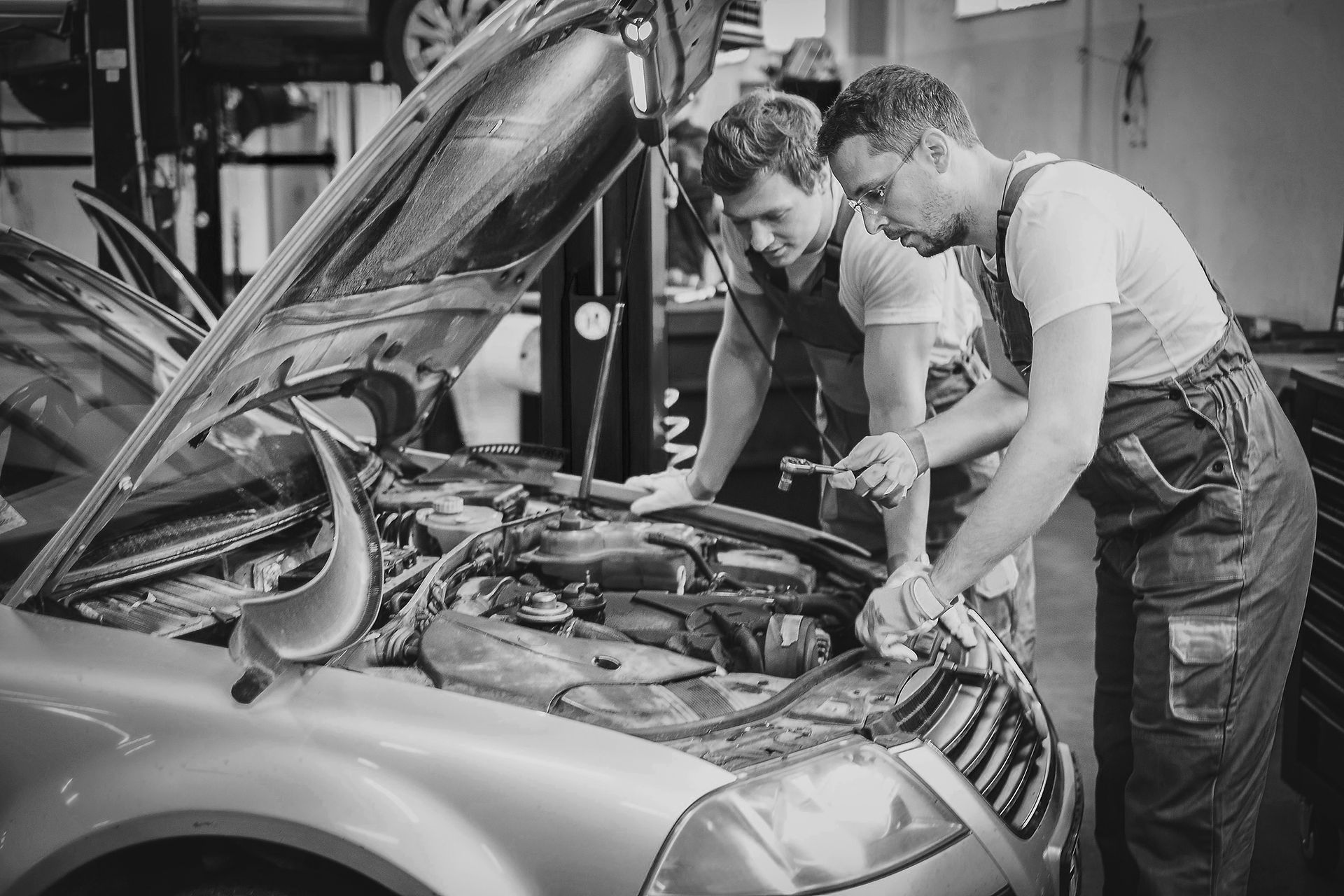Superchargers vs Turbos Which Offers Superior Horsepower Gains for High-Performance Vehicles
- bdmcustoms
- Jun 18
- 3 min read
When it comes to boosting horsepower, car enthusiasts often find themselves at a crossroads between two leading technologies: superchargers and turbochargers. Both options can dramatically enhance a vehicle’s performance, yet they function differently and offer distinct driving experiences. If you're aiming to maximize horsepower for your car or truck, understanding these systems is crucial. This article will examine how each system works, their respective advantages and disadvantages, and real-world examples to help you make the best choice for your performance needs.
Understanding Superchargers
Superchargers are air compressors that deliver more air to the engine’s combustion chamber, enabling the engine to burn more fuel effectively. This process leads to significant power increases. Unlike turbochargers, which rely on exhaust gases, superchargers are mechanically driven and typically belt-driven. This means they take power directly from the engine.
One key advantage is their immediate power delivery. For instance, a typical supercharger can boost an engine’s horsepower by up to 30% at low RPMs, which is perfect for everyday driving or quick street racing. Drivers often report enjoying a smooth and steady acceleration thanks to the linear power curve that superchargers provide, which is especially advantageous on getaway starts where responsiveness is critical.
Understanding Turbos
Turbochargers use exhaust gases to propel a turbine, which compresses incoming air and results in increased horsepower. This method effectively recycles energy that would otherwise be wasted, making turbochargers a more efficient choice in many scenarios.
For example, a well-tuned turbocharger can increase horsepower by 50% to 70% in some performance applications. This has made turbos the go-to option for many manufacturers looking to enhance performance while maintaining fuel efficiency. However, turbochargers often come with turbo lag, where there might be a slight delay in throttle response as the turbine engages. When it finally kicks in, it can provide an exhilarating surge of power that drivers crave, particularly in high-speed scenarios.
Advantages of Superchargers
Immediate Power Delivery: With their direct connection to the engine, superchargers provide immediate and consistent increases in power, which is beneficial for driving around town or during short races.
Simplicity of Installation: Installing a supercharger requires fewer modifications, primarily because there is no need to alter the exhaust system significantly. For example, a supercharger kit can be installed in as little as a few hours.
Effective at Lower RPMs: Superchargers excel at lower RPMs, delivering quick accelerations ideal for situations like merging onto highways or short sprints.
Disadvantages of Superchargers
Engine Strain: Since superchargers draw power directly from the engine, they can lead to faster wear on engine components. Long-term use, especially on high-output engines, may require more frequent maintenance.
Reduced Fuel Efficiency: On average, superchargers can decrease fuel efficiency by 10% to 15% compared to turbochargers, as they require constant power to function optimally.
Advantages of Turbos
Greater Power Potential: Turbochargers can yield significantly higher horsepower increases than superchargers, making them ideal for track and racing applications. For example, a turbocharged engine can achieve gains of over 100 horsepower with relatively low engine displacement.
Fuel Efficiency: Thanks to their ability to utilize waste energy, turbochargers can improve fuel efficiency by about 15% to 25%, depending on the setup. This makes them increasingly popular in modern vehicles aimed at balancing performance and economy.
Variable Boost: Customizable boost settings allow drivers to tune their vehicles to fit a variety of driving conditions, whether it’s for daily driving, racing, or off-road adventures.
Disadvantages of Turbos
Turbo Lag: This delayed power delivery can frustrate drivers, especially in scenarios requiring rapid acceleration. It’s common for turbos to have a short delay of around 1 second before delivering their full boost.
Complex Installation: Turbo installations may involve extensive modifications to the exhaust system and related components, which can lead to higher costs and longer downtimes during setup.
Which is Better?
Deciding between a supercharger and a turbocharger ultimately depends on your driving style and performance goals.
If you prefer a more responsive driving experience for daily use or street racing, a supercharger may be your best bet. It’s especially effective in applications where low-end torque is essential, such as in muscle cars or pickup trucks designed for towing.
On the other hand, if you're interested in maximizing horsepower for track performance, a turbocharger might be the better choice. Their high power potential can push vehicles to impressive horsepower levels, making them ideal for competitive racing, even if it means dealing with turbo lag.
Final Thoughts
The debate between superchargers and turbochargers is complex, and each option comes with its own unique benefits and drawbacks. Superchargers offer the advantage of immediate responsiveness, simplicity in installation, and consistent power delivery. In contrast, turbochargers excel in fuel efficiency and greater overall power potential. Ultimately, your decision should reflect your specific performance goals and driving preferences. Taking the time to understand these factors will help you enhance your vehicle’s horsepower and elevate your driving experience.








Comments